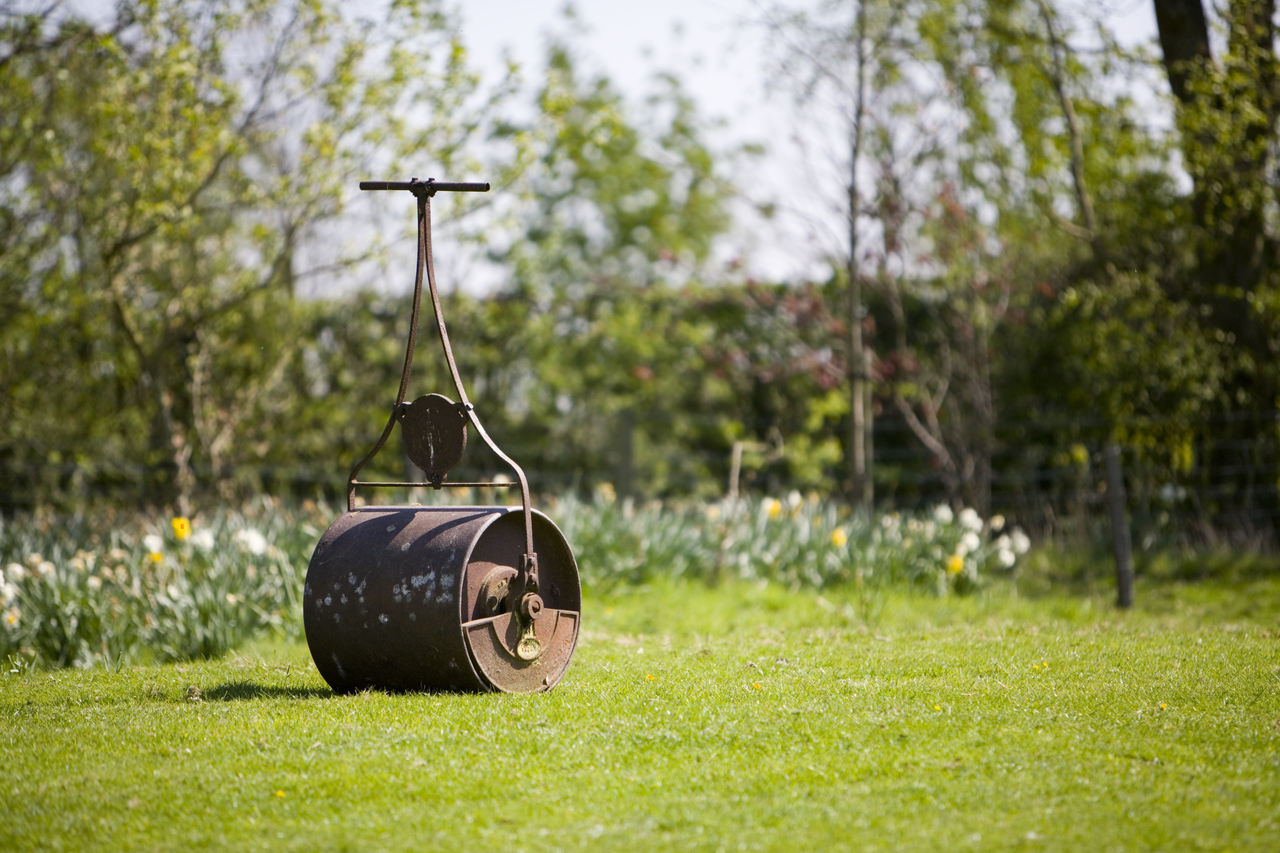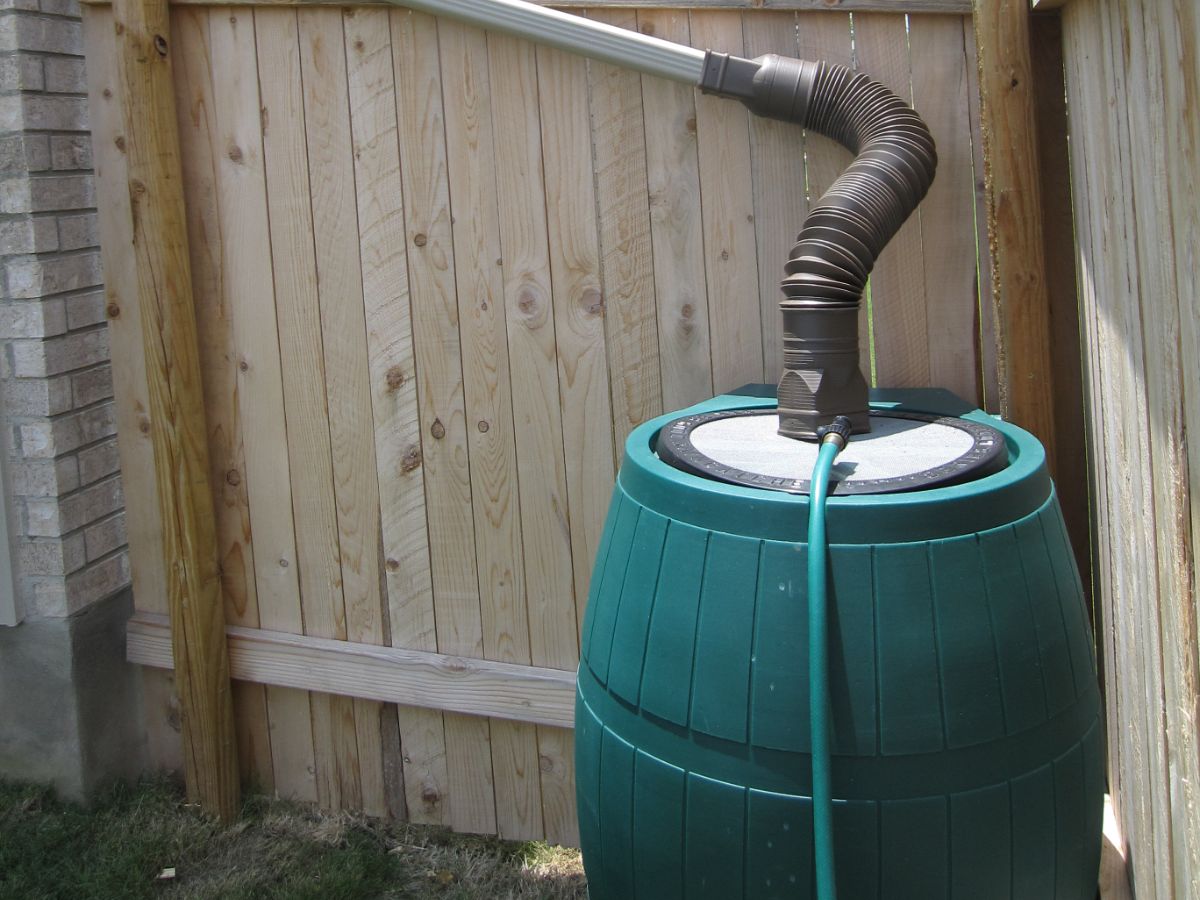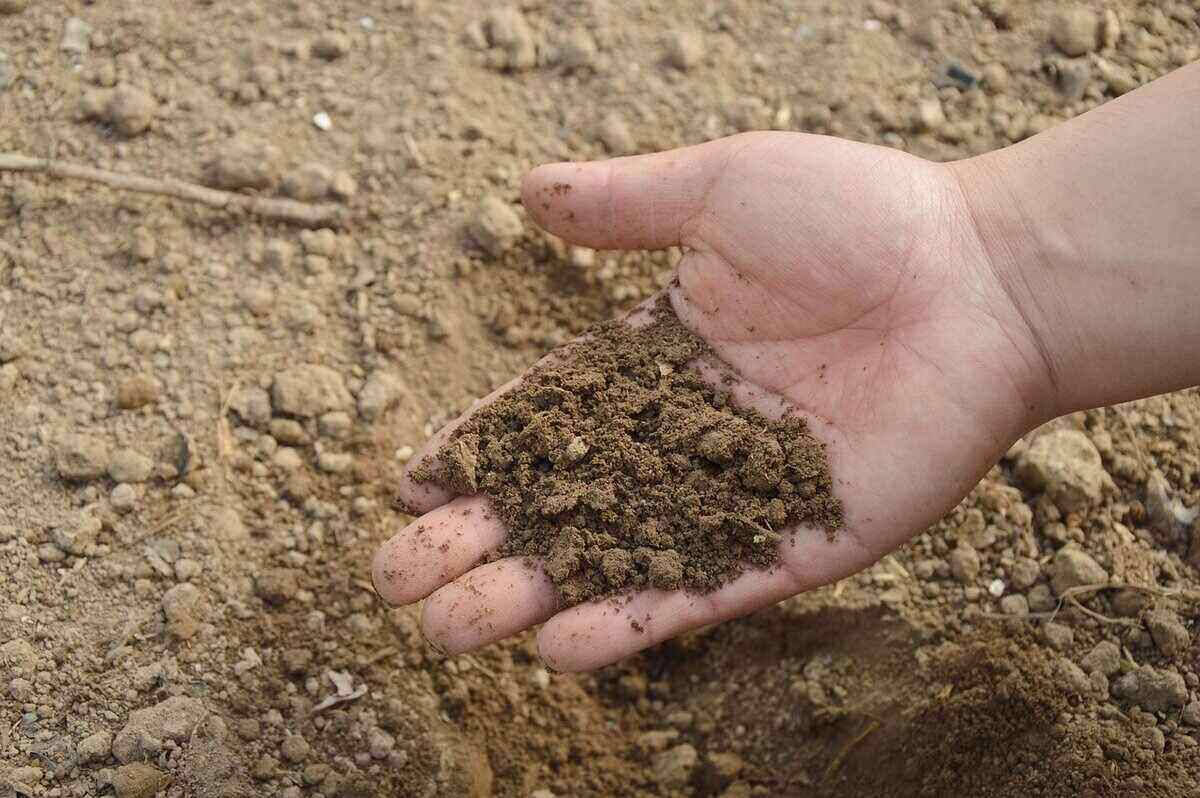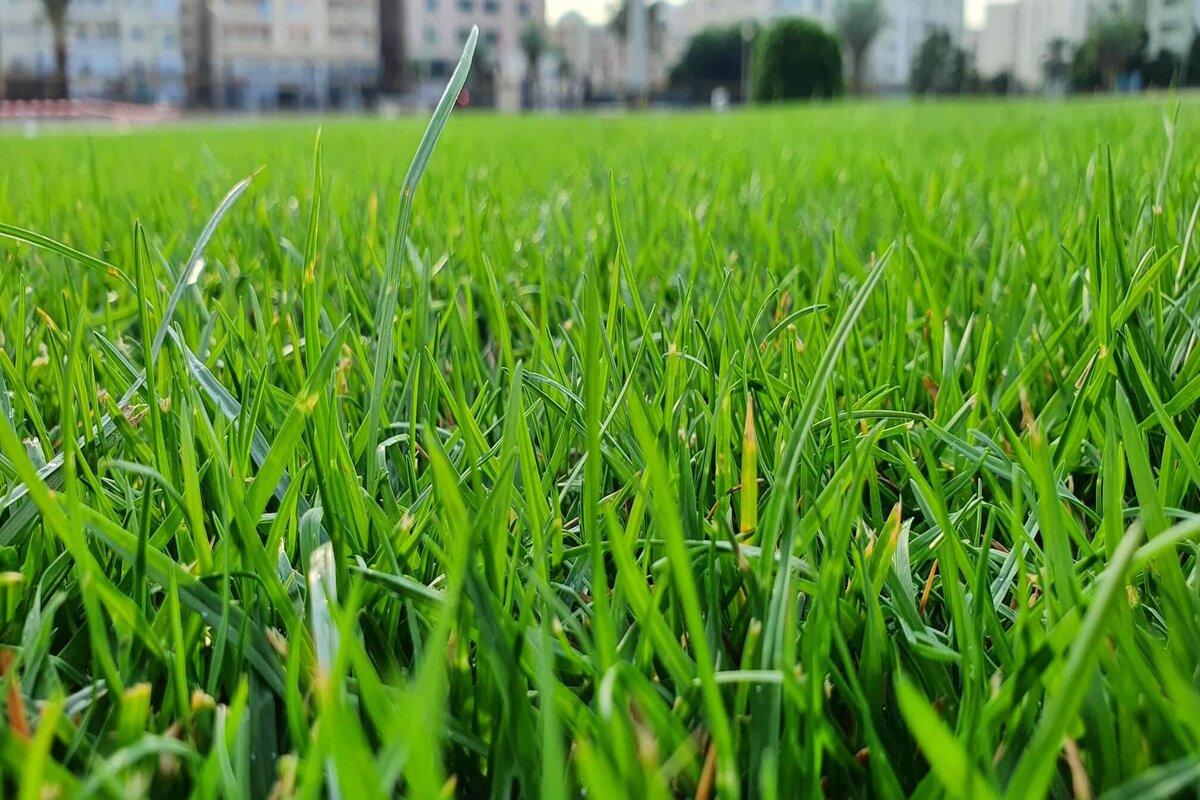
You’ve probably seen lawn rollers — those heavy-duty barrels that look like spare parts from Fred Flintstone’s car. Maybe you saw the cylinders at your favorite sports team’s ballfield, pushed or towed lovingly across the grass, creating pretty patterns of contrasting green stripes.
Although the United States Golf Association (USGA) suggests an alternate mowing and rolling program for golf courses with stressed-out greens, do you really need a lawn roller for a yard like yours?
“’Need’ is a big word, so the answer is, ‘No,’” says Thom Nikolai, Ph.D., Senior Turfgrass Academic Specialist of the Department of Plant, Soil and Microbial Sciences at Michigan State University. “However, on high-value areas (to be determined by the contractor and homeowner) the answer is yes.”
What Is a Lawn Roller?
Lawn rollers are cylindrical containers that are filled with water or sand to add weight that flatten or compress the soil and have drain plugs for easy emptying. Push lawn rollers have handles that allow you to manually guide the roller across the lawn. Lawn roller attachments connect to your tractor or another vehicle for towing.
Lawn rollers are available in steel and polyurethane (often called poly cylinders). Steel rollers are usually heavier and do not puncture or wear as easily. They can be filled only with water. Poly lawn rollers can be filled with either water or sand. Some lawn managers have a personal preference for poly lawn rollers, because they feel turning is much easier than with steel lawn rollers. Both types come in a variety of sizes, weights, and rolling widths. Users modify a roller’s weight by changing the amount of water or sand. Optional spiked aerator bands are available for many brands of lawn rollers.
Why Lawn Rolling Can Cause Lawn Problems
Good soil for lawns isn’t just dirt. Air pockets make up about a quarter of healthy soils Rolling a hundred-plus pounds over those air pockets can crush them, denying your grass roots a chance to grow. As the University of Kentucky Extension’s lawn guide states, “Rolling is not often considered a regular maintenance practice. In fact, rolling wet, heavy clay soils will cause soil compaction and decrease soil aeration. However, on well-drained, medium, and coarse-textured soils, rolling may help:”
When Should You Consider a Lawn Roller?
However, Nikolai says, there are some smart times when a lawn roller could help a home lawn:
- When tilling leaves lumps. It is a great idea to roll the area after tilling to avoid low spots. Remember, your lawn is an extension of your living area, so a smooth lawn helps you avoid injuries from uneven surfaces. Fill those low spots or new lawn areas with the proper topsoil and roll smooth. Lawn rollers can also be used on areas that are lumpy with molehills or anthills. Rake first to level the areas, then roll. “Afterward, make certain the slope is correct and/or there are no low spots that could be reshaped,” says Nikolai.
- After frost heaves. “It’s a good idea to roll lawns in climates where freeze and thaw cycles come into play,” Nikolai suggests. ”This pushes down the soil which helps prevent scalping and most likely helps promote good root growth. I know of northern golf courses that actually rent construction rollers to ‘compact’ their greens in the spring to minimize scalping before the first mowing in the late winter/early spring.”
- When you seed. After you have scattered your grass seed evenly across the area with a spreader, you can roll for better seed-to-soil contact. “By pressing the seed into the surface of the soil, the roller prevents the seed from being blown by wind or washed away by water.” says Nikolai. However, don’t go overboard with the rolling. The seed should still be visible on the surface.
- When the runners need attention. “It’s kind of a stretch for home lawns, but rolling during establishment on stoloniferous grasses help them fill in faster,” explains Nikolai. Stoloniferous grasses have runners that sprout above ground from existing stems. Other grasses have rhizomes, root-like stems growing under the soil. Nikolai says rolling might help with sprigging, which is planting stoloniferous grass “plugs” in the ground. The University of Tennessee Extension suggests that hand-planted sprigs should be placed with one-third of the sprig above the surface of the soil, and tamped or rolled after planting.
Do Rollers Help With Sodding, by Pushing Out Air Pockets?
“There is no research I know of with sodding, but it makes some limited sense,” says Nikolai. ”The biggest obstacle with sodding is soil layering between the growth medium of the sod and the soil on which it is being placed.”
Do I Have to Buy a Lawn Roller?
No. You can buy popular brands, including Brinly-Hardy, Agri-Fab, Ohio Steel, directly from the company or at local distributors. You can also rent one from many local home improvement stores, lawn care or garden centers, or tool rental houses. Save the space in your garage and rent one if you feel the need, says Harold Carver of Carver Bros. Turf in Roxboro, N.C.
Can I Have Lawn Stripes Without a Big Roller?
“Rolling more often than not causes very noticeable striping on home lawns, and many like that look,” says Nickolai. But you don’t have to use a large roller to achieve it. The stripes come from light reflecting off grass blades bent in different directions by the roller. Miniature rollers, often called “striping kits” attach behind riding lawn mowers and get the look with compressing the soil.




